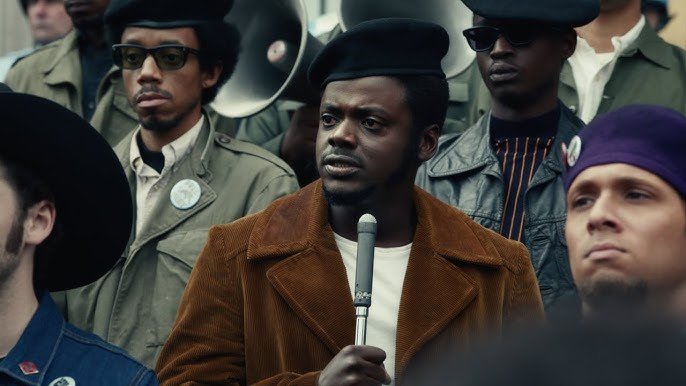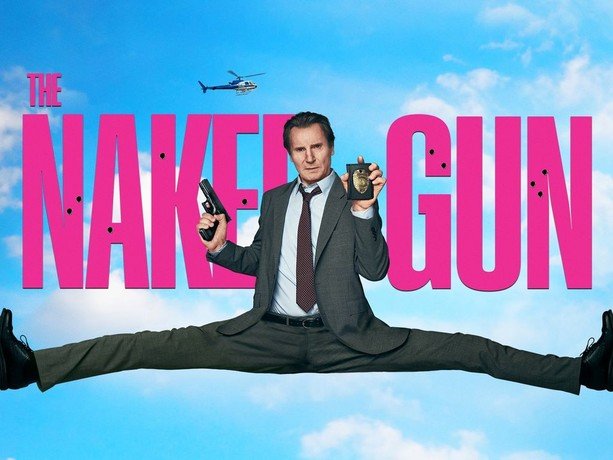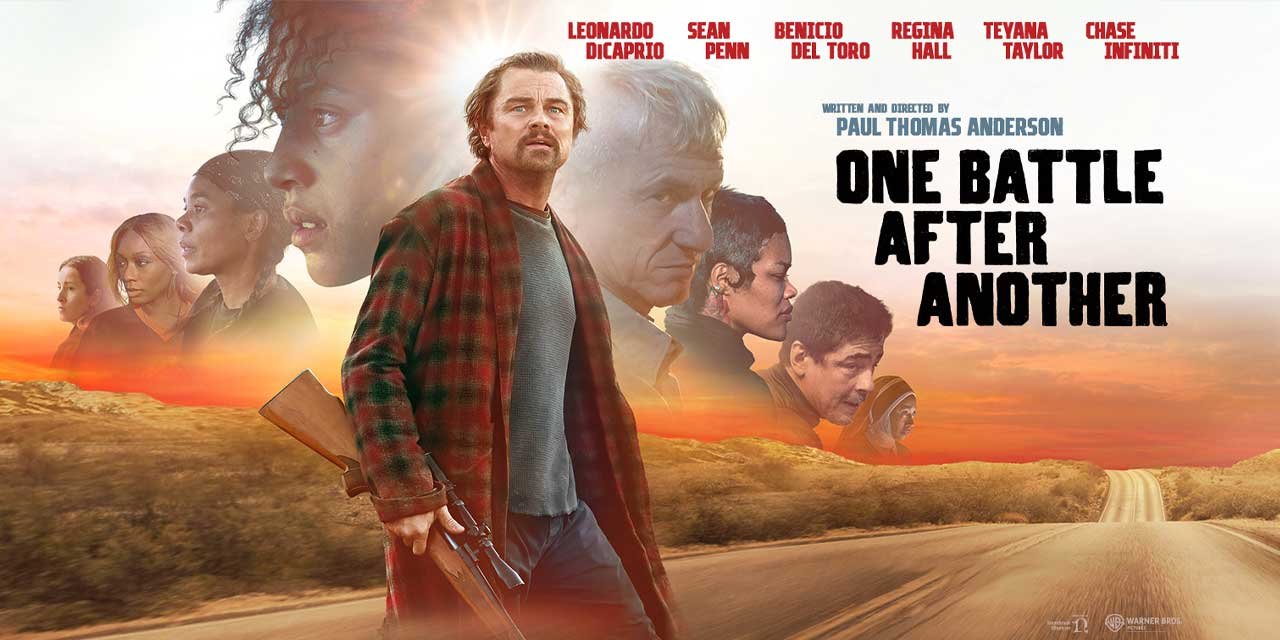
Judas and the Black Messiah: Powerful True Story of Betrayal
In the tumultuous transition from the 1960s to the 1970s, a story of betrayal, tragedy, and the ongoing fight for racial justice unfolded in the heart of Chicago. “Judas and the Black Messiah,” directed by the talented Shaka King, masterfully recounts this true tale, shedding light on the complex dynamics that led to the demise of a rising civil rights leader and the devastating consequences that reverberate to this day.
The film’s exploration of the Black Panther Party’s activism and the FBI’s relentless efforts to undermine it remains profoundly relevant in the modern era. The same demands for racial equality and justice that fueled the movements of the 1960s continue to echo through the “Black Lives Matter” rallying cries of today. This timely and powerful film serves as a poignant reminder that the struggle for true progress is far from over.
The Intersection of Betrayal and Tragedy
At the center of this gripping narrative lies the story of William O’Neal, a small-time thief who finds himself caught up in a web of deception and conflicting loyalties. O’Neal is apprehended while impersonating a federal agent, a crime that could land him in prison for several years. However, the FBI agent interviewing him offers O’Neal a tantalizing proposition: infiltrate the Black Panther Party in Chicago, led by the charismatic Fred Hampton, and provide the Bureau with valuable intelligence.
This fateful encounter sets in motion a series of tragic events that unfold with devastating consequences. O’Neal, played with remarkable nuance by LaKeith Stanfield, finds himself torn between his own self-preservation and the growing admiration and loyalty he develops for the Black Panther movement and its leader, Fred Hampton, portrayed with electrifying intensity by Daniel Kaluuya.
The Rise and Fall of Fred Hampton
Fred Hampton, a young and dynamic leader within the Black Panther Party, emerges as a central figure in the film. Hampton was a rising force within the movement, known for his powerful oratory and his unwavering commitment to social justice and community empowerment.
The film delves into Hampton’s inspiring vision for the Black Panther Party, which went beyond mere resistance to police brutality. The party engaged in a wide range of initiatives, from providing education and healthcare programs to feeding underprivileged children. Hampton’s charisma and the party’s holistic approach to community support earned him the respect and loyalty of many, including the reluctant informant, O’Neal.
However, Hampton’s growing influence and the party’s increasingly confrontational stance against the establishment made him a target for the FBI, led by the notorious J. Edgar Hoover. The film masterfully depicts the Bureau’s ruthless tactics to undermine and ultimately eliminate Hampton and the Black Panther Party.
The Moral Dilemma of William O’Neal
The character of William O’Neal serves as a complex and compelling counterpoint to the heroic figure of Fred Hampton. O’Neal is torn between his own self-interest and the growing admiration and loyalty he develops for the Black Panther movement.
On one hand, O’Neal’s past as a petty criminal and his desire for self-preservation drive him to cooperate with the FBI, betraying the very people he has come to respect and identify with.
On the other hand, O’Neal’s growing enchantment with the ideals and camaraderie of the Black Panthers, which he had never experienced in his “sad and precarious life”.
This internal conflict results in O’Neal being “torn in two”, with his two halves “coexisting and warring with each other without cease”.
The film’s exploration of O’Neal’s moral dilemma is a testament to the nuanced and complex nature of the story, refusing to paint the characters in simplistic black-and-white terms. Instead, it delves into the shades of gray that often characterize real-life situations, where individuals are forced to grapple with the consequences of their choices and the weight of their actions.
The Enduring Legacy of the Black Panther Party
Beyond the personal narratives of Hampton and O’Neal, “Judas and the Black Messiah” serves as a powerful exploration of the broader historical context that gave rise to the Black Panther Party and the ongoing struggle for racial justice.
The party’s formation in 1966 in Oakland, California, was a direct response to the persistent police brutality and systemic oppression faced by the Black community. The party’s mission extended far beyond mere resistance, as they sought to empower their communities through education, healthcare, and social programs – a holistic approach that resonated deeply with individuals like O’Neal.
The film’s ability to capture the spirit and ideals of the Black Panther Party is a testament to its historical accuracy and the filmmakers’ commitment to honoring the legacy of this pivotal movement. The same demands for racial equality and justice that fueled the Black Panthers continue to reverberate through the “Black Lives Matter” movement of today, underscoring the enduring relevance of this story.
The Cinematic Brilliance of “Judas and the Black Messiah”
Beyond the powerful narrative, “Judas and the Black Messiah” also shines as a remarkable cinematic achievement. The film’s director, Shaka King, is a relatively young and talented filmmaker, and this project represents his second feature-length work.
The film seamlessly blends the historical and political context with the intimate personal dramas of its protagonists. King’s direction, coupled with the outstanding performances of the lead actors, creates a visceral and immersive experience that transports the viewer to the turbulent era of the late 1960s and early 1970s.
Particular praise is reserved for the performances of Daniel Kaluuya as Fred Hampton and LaKeith Stanfield as William O’Neal. Kaluuya’s portrayal of Hampton is a “beautiful recreation”, capturing the leader’s charisma, conviction, and vulnerability. Stanfield’s nuanced depiction of O’Neal’s moral dilemma is equally lauded, with the “pain” and “crisis” that his character experiences.
The film’s attention to detail in recreating the visual and atmospheric elements of 1960s Chicago is also highlighted, with the “sensation of a lived-in 1960s-70s Chicago” that the film successfully conveys.
The Enduring Relevance of “Judas and the Black Messiah”
In the final analysis, “Judas and the Black Messiah” stands as a powerful and timely cinematic achievement. By delving into the complex dynamics of betrayal, resistance, and the ongoing struggle for racial justice, the film serves as a poignant reminder that the battles fought decades ago continue to reverberate in the present day.













Publicar comentário